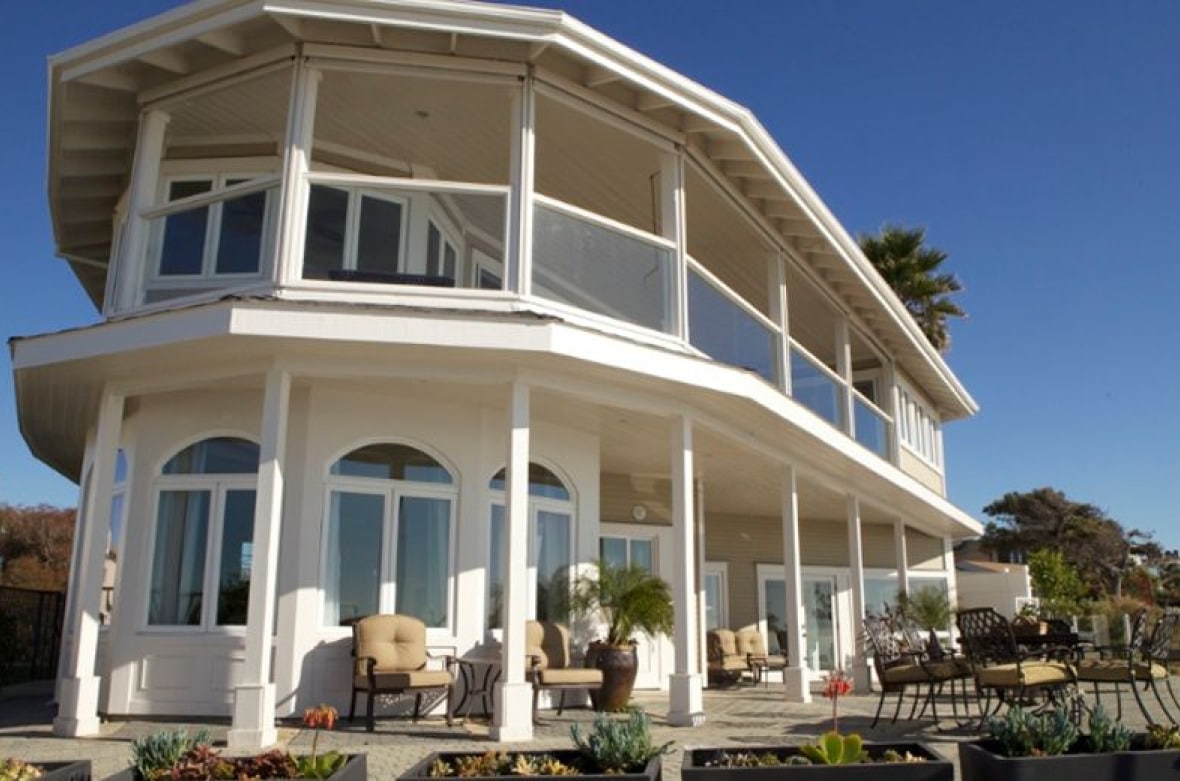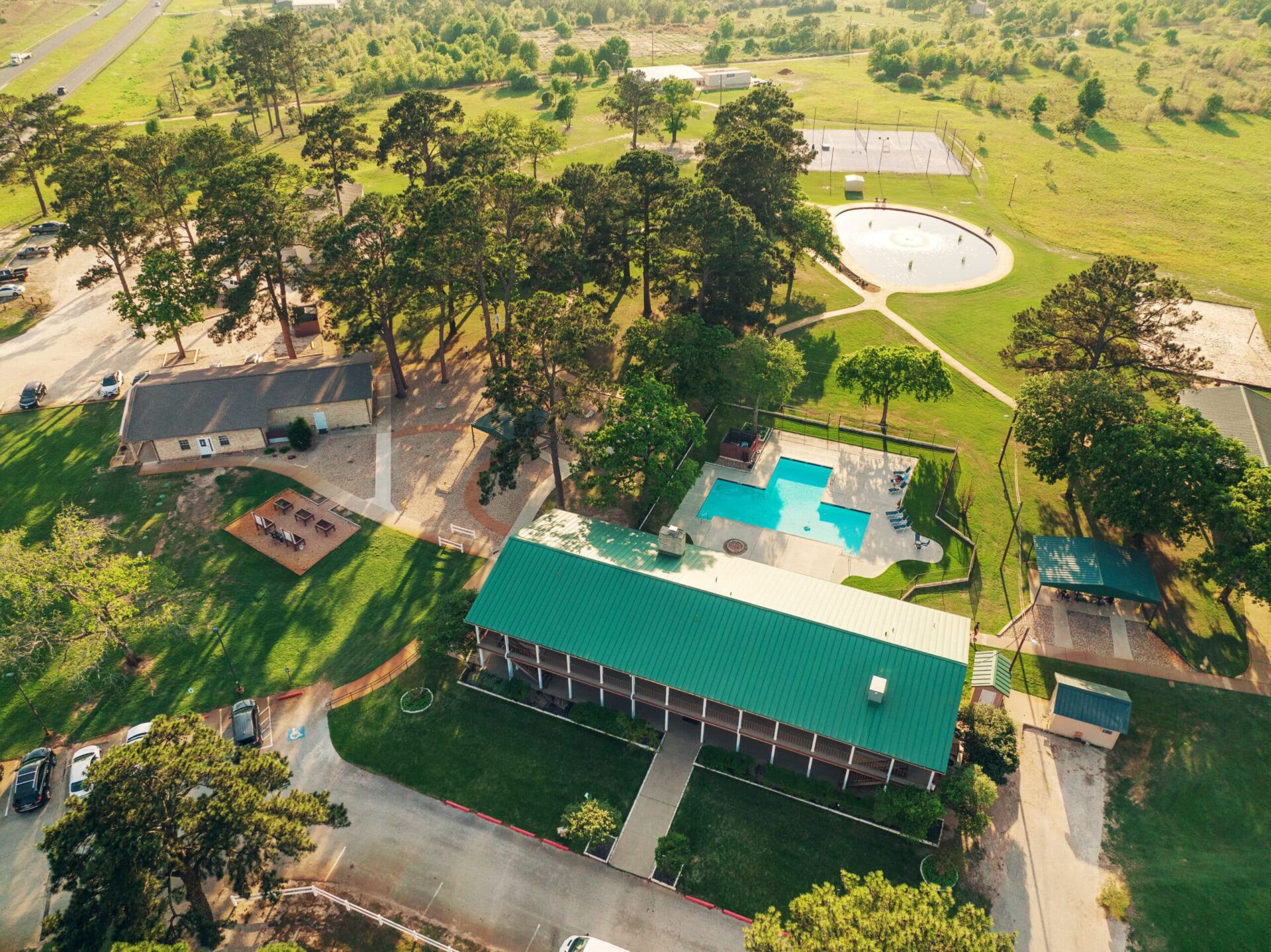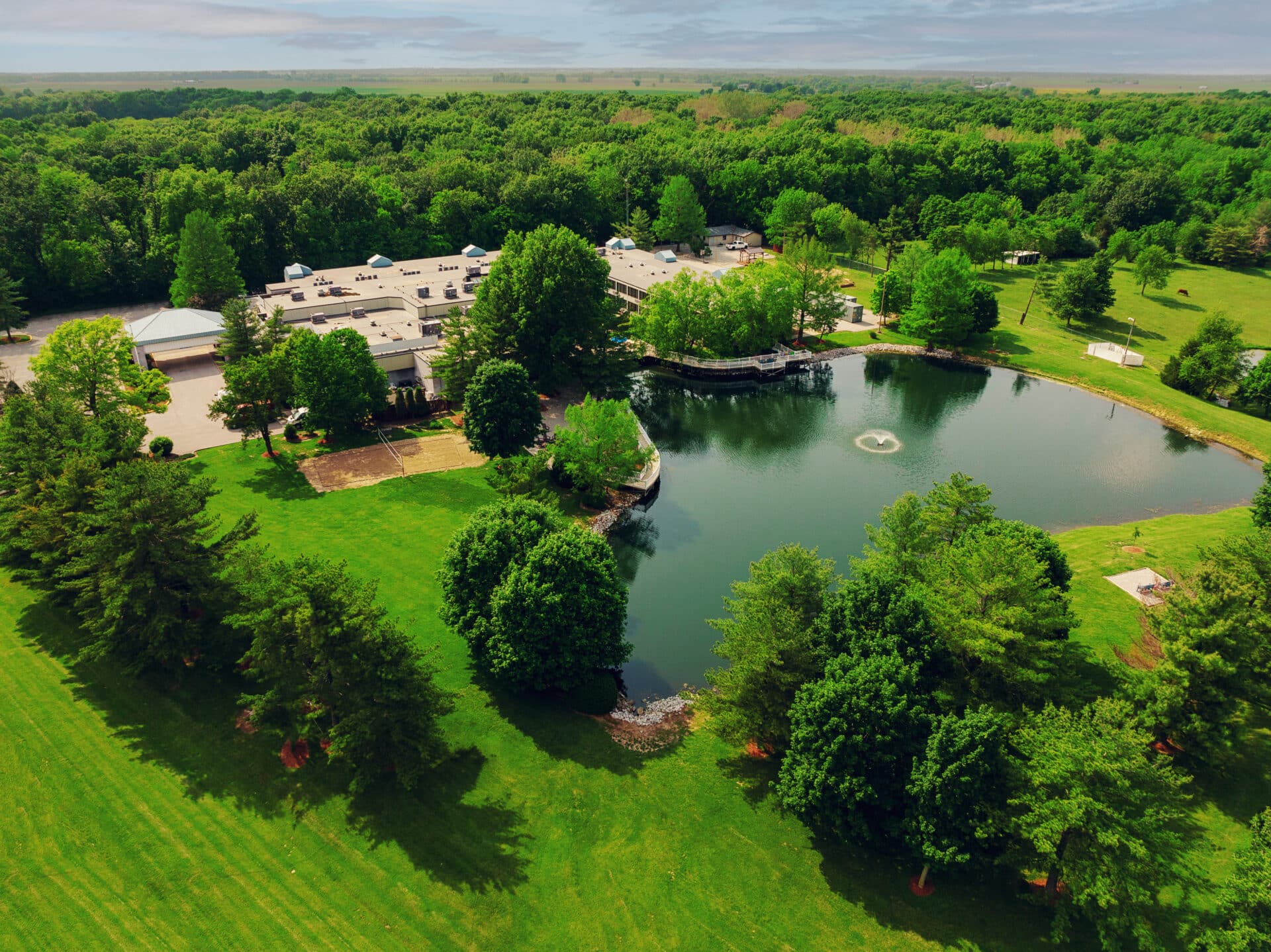Substance use disorder and addiction are problems affecting millions of individuals in the United States. In 2019 alone, an estimated 19.3 million American adults had a substance use disorder (SUD).
It is a complicated condition because addiction is so complex to treat. Physical and/or psychological dependence may factor in, as can various health issues that either fueled substance use or resulted from it. More than 9 million U.S. adults, for example, had both a SUD and a form of mental illness, called a dual diagnosis, or co-occurring disorder. In those cases, a person may resort to substance use to self-medicate for a condition like bipolar disorder or anxiety, which may exacerbate the coexisting psychiatric condition. As a result, a vicious cycle can occur with each condition, SUD, and coexisting mental illness, worsening the other.
There are addiction rehab programs of varying lengths, from one month to many. For some, a 60-day stay can help them achieve sobriety and build on ways to stay sober.
How Can a 60-Day Program Help?
Rehab is just one step of a person’s recovery process. The goal is to get the patient detoxed and stable, treat co-occurring disorders, provide therapy to address what fueled the addiction, and teach skills and coping mechanisms to help prevent relapse.
While not every individual who uses drugs or alcohol may need rehab for acute detoxification, they can benefit from the variety of treatments for addiction offered by rehab centers. Signs of addiction include:
- Sudden shifts in behavior and mood
- Distancing oneself from family and friends
- Taking part in risky, illegal, or dangerous activities
- Developing a greater tolerance to the substance and experiencing withdrawal from the substance when stopping usage of it
- Feeling like using the substance is necessary to be able to function
- Attempting to quit but struggling or finding oneself unable to
If a person starts talking about or attempts suicide, they require immediate medical attention. depending on the drug type depending on the individual recommended minimum after Rehab
3-7 days
30-90 days
90 - 180 days
What Types of Treatments Are Offered During a 60-Day Rehab Program?
Each person’s treatment plan is unique and dependent on a variety of factors. There is no one cause of addiction. Genetics and changes in the brain that result from repeated use are two potential contributors; however, addiction can affect any age or gender, or type of person. Some factors that increase the likelihood of SUDs include:
- Family history of substance use disorder and genetic factors predisposing individuals to drug use
- Co-existing mental illnesses
- Early use and long-term use
- Peer and social influence pressure
- Availability of support system and socioeconomic factors
- The type of substance used and the manner in which it is taken
- Individual drive and motivation to change
The first step of rehab is checking in. Staff will examine the patient and ask questions to assess their present condition and circumstances as well as develop an understanding of their personal history.
Detoxification is another early step in the process. In this step, patients undergo detox as the substance leaves the body. Rehab centers often assist the patient’s comfort with this process with the help of medications that can reduce withdrawal symptoms as well as cravings. Once the patient is medically stable and complete with acute detoxification, work on producing a change in behaviors may begin.
Counseling and therapy are utilized early in the patient’s newfound sobriety. Underlying causes are examined. Behavioral therapy helps patients with SUDs discover what factors may have triggered the addiction and contributed to its continuation and develop coping skills to learn to manage these triggers to prevent further alcohol and drug abuse. Common therapies include:
- Cognitive-behavioral therapy
- Family therapy
- Individual and group counseling
- Education and life skills training
Since recovery does not stop after leaving the facility, counselors and therapists work with the patient to form an aftercare plan for life after rehab. That can include regular check-ins at the facility, 12-step or peer support meetings, and/or continued individualized therapy.
Is a 60-Day Addiction Treatment Program Right for Me?
Every patient’s story is unique, so one person may thrive under a short-term outpatient program while another may benefit more from a residential (or inpatient) rehab program that is 60 days or longer.
Outpatient treatment tends to be more flexible. The client does not need to stay in a controlled facility, instead visiting the facility on a regular basis. Visits can be as often as five days a week, depending on the severity of the addiction. This can work very well for those who have strong social support systems, especially from family and friends.
For the person who found that outpatient treatment did not work for them, a 60-day (or longer) inpatient program provides more time and structure. Residential treatment is more frequently recommended for patients who have been highly dependent on drugs or alcohol for a long time. Under this method, the patient stays in a rehab center or hospital. With more time to recover and fewer outside distractions, the patient can focus more on his or her treatment. It also makes it more difficult to get drugs. Don't see your Insurance Provider?
Learn More About Your Insurance Coverage
A Typical Day at a 60-Day Drug and Alcohol Addiction Program
No one’s day at a 60-day rehab will be the same. There are common elements, however. After intake, evaluation, and sometimes detox, work begins on the driving factors behind the patient’s addiction and developing a plan for staying sober.
For the stay, the patient may take part in:
- Individual and Group Therapy. Individual and group therapies try to provide a more thorough treatment for addiction. Cognitive-behavioral therapy and dialectical behavioral therapy are two treatments offered at many rehabs.
- Support Group Sessions. Being able to identify oneself with a group that shares the same struggles is often an effective intervention in making the patient recognize that there is a problem that needs to be resolved. It also can make the patient feel less alone in their struggles.
- Alternative Therapies. Some rehab facilities offer holistic and alternative ways to complement the recovery journey. Yoga, acupuncture, massage, art, and meditation are some common options.
- Life Skills Training. The patient learns or builds on life skills that can be used after reintegrating into society. It can include improving communication and stress management, which in turn lead to higher self-esteem and better coping skills.
- Family Integration. Family can be very important in the treatment process. Sometimes the focus is on repairing family relationships. Healing — of both family and patient — may also be addressed.
- Amenities. With thousands of rehab facilities within the U.S., the options are endless. Some facilities offer treatments, lodging, and meals, while others provide a truly luxurious experience. Facilities may have fitness centers, pools, tennis and basketball courts, fire pits, outings in the community. Where a facility is located may dictate its activities too. A facility near the ocean may include beach outings, while a mountain-adjacent center may include hiking excursions.
Aftercare
Addiction recovery is a life-long process, therefore, it makes sense that treatment does not necessarily end when leaving rehab. Other interventions outside of the facility frequently are considered to better prevent relapse. Post-rehab options include:
- Regular Visits to an Outpatient Facility. This can help the individual sustain his or her sobriety.
- Telehealth Counseling. The patient may contact the center on a regular basis for counseling. A conversation via phone or teleconferencing could be enough to remain sober.
- 12-Step or Peer Support. Participating in group sharing sessions with others who share the same struggles can help sustain abstinence.
- Sober Living/Recovery Homes. For people leaving rehab who need a new living situation, recovery homes may be an option. Typically they serve in a transitional capacity as they give individuals more time to focus on long-term recovery as they live in a space with house rules against substance use disorder.
Finding A 60-Day Alcohol And Drug Treatment Program
There are literally thousands of rehab and recovery options, so it can seem daunting to narrow the search.
Consulting with one’s doctor or therapist, or reaching out to an addiction specialist, are some good ways to get started.
The Substance Use Disorder and Mental Health Services Administration (SAMHSA), a federal clearinghouse of information on mental health and addiction, allows site visitors to search for treatment and programs according to specific criteria, including health insurance, location, special needs, and more.
The National Institute on Drug Abuse (NIDA), a federal agency focused on advancing the science surrounding drug use and addiction, has information and resources as well, to help a person navigate treatment options. Better yet, contact the best facility you plan to enroll in for your 30-day drug treatment programs or alcohol treatment programs. Also, make sure to ask them if your insurance will cover you for 60-day treatment, 90-day treatment, 120 day/long-term addiction treatment, or even 7-14 day addiction rehab.
Find an Addiction Treatment Resource in Your Home State
Best 60-Day Rehabs Across the Country
Mountain Springs Recovery
Mountain Springs Recovery is one of the best 60-day rehabs near Boulder, CO. Located at a quiet, serene spot in Colorado Springs, this addiction treatment center has beautiful facilities and specialists who provide personalized care.
As a full-fledged center, Mountain Springs Recovery cares for every aspect of an alcohol use disorder, starting with detox treatment and aftercare. Patients choose this center because of its great features, including
- Technology access: You don’t have to give up your cell phone, laptop, and other gadgets. WiFi access allows you to complete tasks or stay in touch with loved ones.
- Treatment options: Depending on your unique background and preferences, from 12-step to Non-12-step, there are many treatment options.
- 24/7 care: Most people need round-the-clock care to manage withdrawal symptoms during the first few weeks of detox. Mountain Springs has 24/7 medical care, keeping patients safe and comfortable.
- Top facilities: Clean rooms, beautiful views, and access to recreational facilities make the treatment center an excellent choice for people seeking the best resource value.
For more about Mountain Springs Recovery, please get in touch with the contact details below.
Phone: 888-383-0628
Address: 1865 Woodmoor Dr, Monument, CO 80132
Website: https://mountainspringsrecovery.com
Lincoln Recovery
At Lincoln Recovery, the goal is to help all clients see that recovery is not only attainable but it is also maintainable. With a combination of group and individual treatments, resort-like amenities, the ability to choose the treatments you want to try, and the chance to build a community of others going through recovery, clients find that they have the potential to overcome their addictions much more quickly than if they tried it alone.
Stepping into the quiet retreat that is Lincoln Recovery is just the first step in enjoying this supportive, immersive recovery experience.
What Lincoln Recovery clients can expect:
- Stay in touch with loved ones from the beginning – No blackout period
- Large, quiet campus in Rural Illinois
- Restaurant-style meals and snacks – prepared by a chef
- Meditation Room
- Indoor pool
- Workout room
- Regularly scheduled outings and activities
- Private rooms and bathrooms
- On-site detox
- Partial hospitalization, Inpatient, and IOP treatment options
Lincoln Recovery might be just what you’re looking for to make long-term recovery from your addiction a reality.
Phone: 888-383-0628
Address: 19067 W. Frontage Rd., Raymond, IL 62560
Website: LincolnRecovery.com
Willow Springs Recovery
Willow Springs Recovery is one of the premier 60-day rehab options in Dallas, Texas, and for a good reason. The sprawling 38-acre campus offers plenty of room to explore, enjoy activities and relax. Some clients say they are staying at a resort while working on their addiction recovery at Willow Springs, which is precisely how they are supposed to feel. This top-of-the-line facility encourages clients to make the most of the quiet and dig in and enjoy all that recovery has to offer. In addition, an on-site detox ensures that clients get the best care – from intake to completion – so they can enjoy a successful recovery journey.
What you’ll find:
- Keep your phone and computer
- Pool, gym, and recreational activities
- Off-campus outings
- Healthy, chef-prepared meals
- Special dietary food preparation
- Individualized treatment plans to meet client needs
- A wide variety of treatment options
- Highly trained staff
Willow Springs Recovery believes that treatment should be enjoyable and that transitioning from active addiction to recovery should be smooth and gentle. You want to keep seeing the changes and beauty of living clean and sober every day.
Phone: 833-995-0818
Address: 11128 TX-21, Bastrop, TX 78602
Website: www.sunshinebehavioralhealth.com/texas
Chapters Capistrano
Divided between two luxurious houses is Chapters Capistrano. Here, you’ll find a top-of-the-line luxury 60-day rehab experience that provides comfort, compassion, and care to every client who chooses to attend treatment. With private rooms close to the ocean and loaded with treatment models that are proven effective, this is one of the highest-rated addiction treatment facilities in the area.
The staff at Chapters Capistrano understands that there are times when people have unique needs when it comes to overcoming addictions and works to provide a unique recovery experience that is truly effective.
What you’ll find at Chapters Capistrano:
- Technology friendly
- Private rooms
- Near the ocean
- Luxury facilities
- A variety of treatment options
- Personalized treatment programs
When you attend addiction rehab at Chapters Capistrano, you can overcome your addiction and enjoy the experience while at it.
Website: Chapters Capistrano
Address: 1525 Buena Vista, San Clemente, CA 92672
Phone: 877-773-9903
Monarch Shores
Monarch Shores is another high-quality 60-day rehab in San Juan Capistrano, California. They offer same-day admission and several options for inpatient and outpatient rehab. Monarch Shores has superb facilities, great nature views, and caring staff to meet your needs. Some of the notable features of this rehab include:
- Full-fledged facility: You don’t have to transfer from medical detox to outpatient treatment — you can have your complete treatment in Monarch Shores from intake to aftercare.
- Technology-friendly: Monarch Shores understands the busy lives of every patient. They allow using laptops and other gadgets for work and keeping in touch with loved ones.
To contact Monarch Shores, you may use the following details below:
Phone: (888) 383-0628
Address: 27123 Calle Arroyo #2121, San Juan Capistrano, CA 92675
Website: Monarchshores.com
Sources
Medical disclaimer:
Sunshine Behavioral Health strives to help people who are facing substance abuse, addiction, mental health disorders, or a combination of these conditions. It does this by providing compassionate care and evidence-based content that addresses health, treatment, and recovery.
Licensed medical professionals review material we publish on our site. The material is not a substitute for qualified medical diagnoses, treatment, or advice. It should not be used to replace the suggestions of your personal physician or other health care professionals.






